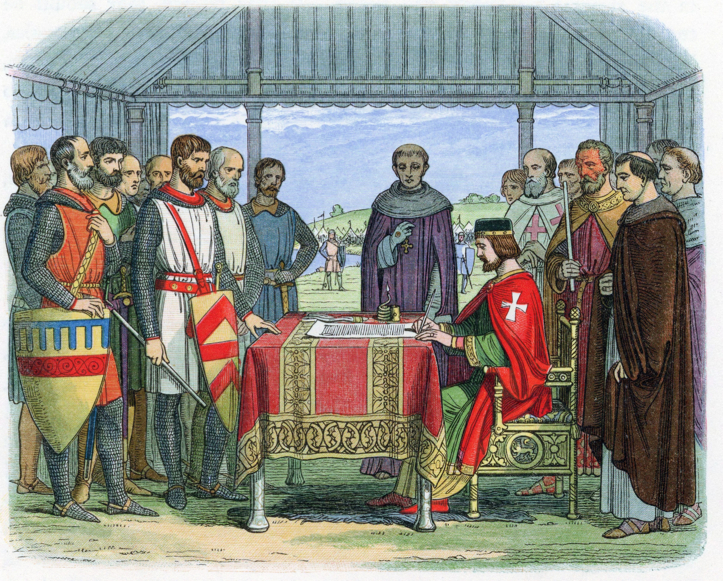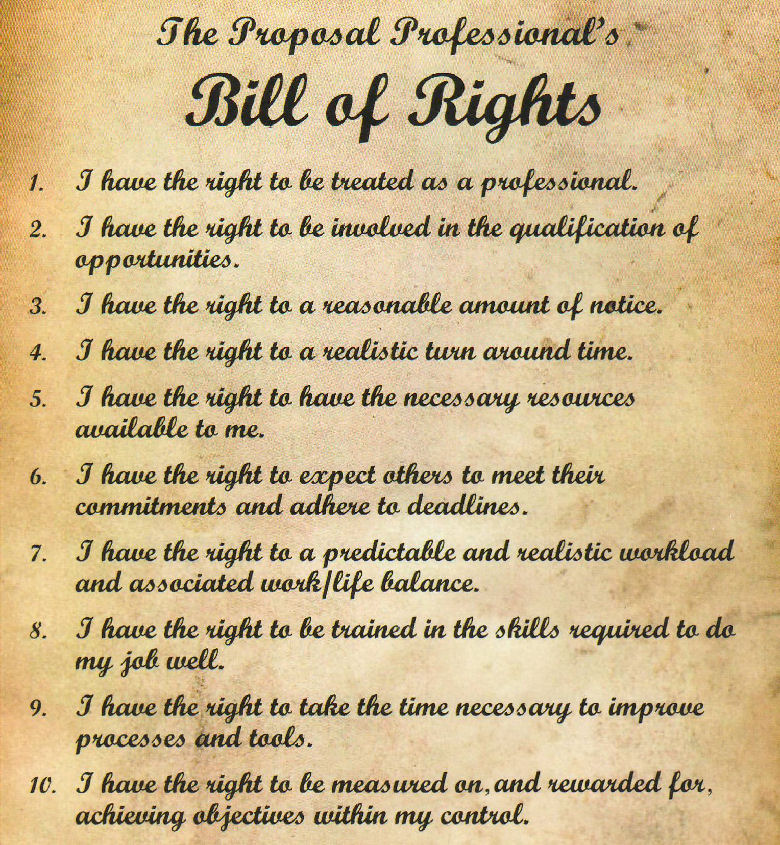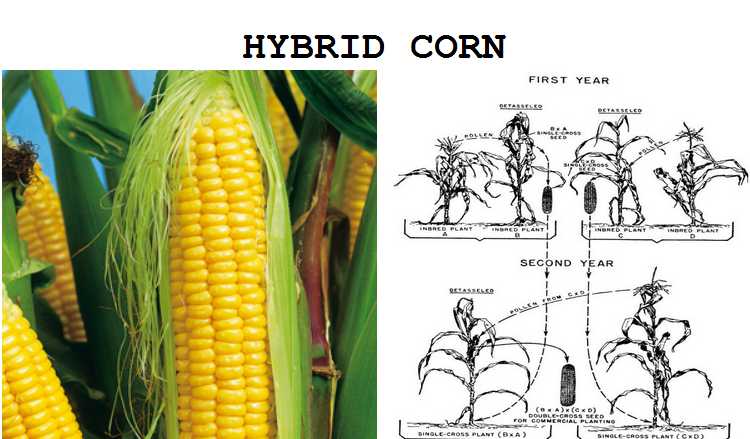330.WHAT IS THE MAGNA CARTA?
Today people everywhere are deeply concerned with their rights, their freedom, and laws that protect them against tyranny and oppression. The Magna Carta, or the Great Charter, was the first step toward constitutional liberty for English-speaking people everywhere in the world. It was signed by King John of England in 1215, and it laid the foundations for a new kind of government.
At the time of King John, there was much oppression, the courts were corrupt, and justice was not practiced. So the barons who ruled under the King decided to try to get back some of their old rights and privileges, which they believed were more fair to themselves and the people. On June 15, 1215, they and some churchmen of England gathered an army together and forced King John to sign the Magna Carta.
329.WHAT IS THE BILL OF RIGHTS?
The supreme law of the United States is written out in the Constitution. It is the one set of laws that everyone — no matter what city or state he lives in — must obey.
When the Constitutional Convention met in 1787 to draw up the Constitution, most of the delegates took for granted that there were various rights people had that didn’t have to be written into the Constitution. But Virginia and many other states felt that it would be wiser to protect those individual rights by having them written down, and so they insisted that a Bill of Rights be added to the Constitution.
328.WHAT IS HYBRID CORN?
Many of us who have never lived on a farm have no idea of the skill and science that go into raising crops today. We might imagine for example, that the farmer simply scatters seeds in the ground and trusts to luck and nature for good results.
The corn crop is quite scientifically controlled today. This control began about fifty years ago when plant scientists discovered a new method of producing different kinds of corn. It was discovered that when the pollen in the tassels of the corn plant was applied by hand to the protected silks on the ear of the same plant, the kernels which were formed produced widely different kinds of corn plants.




